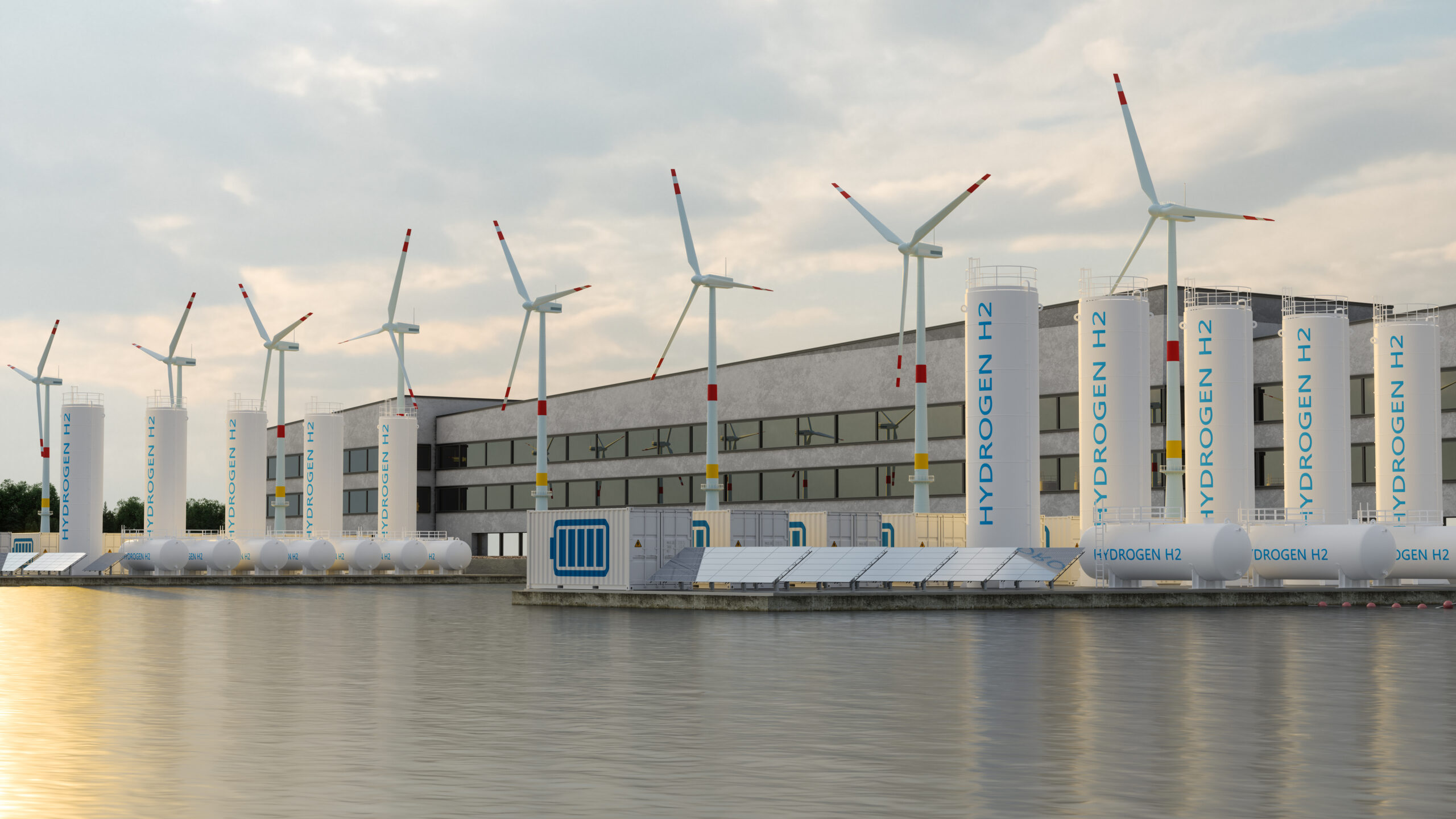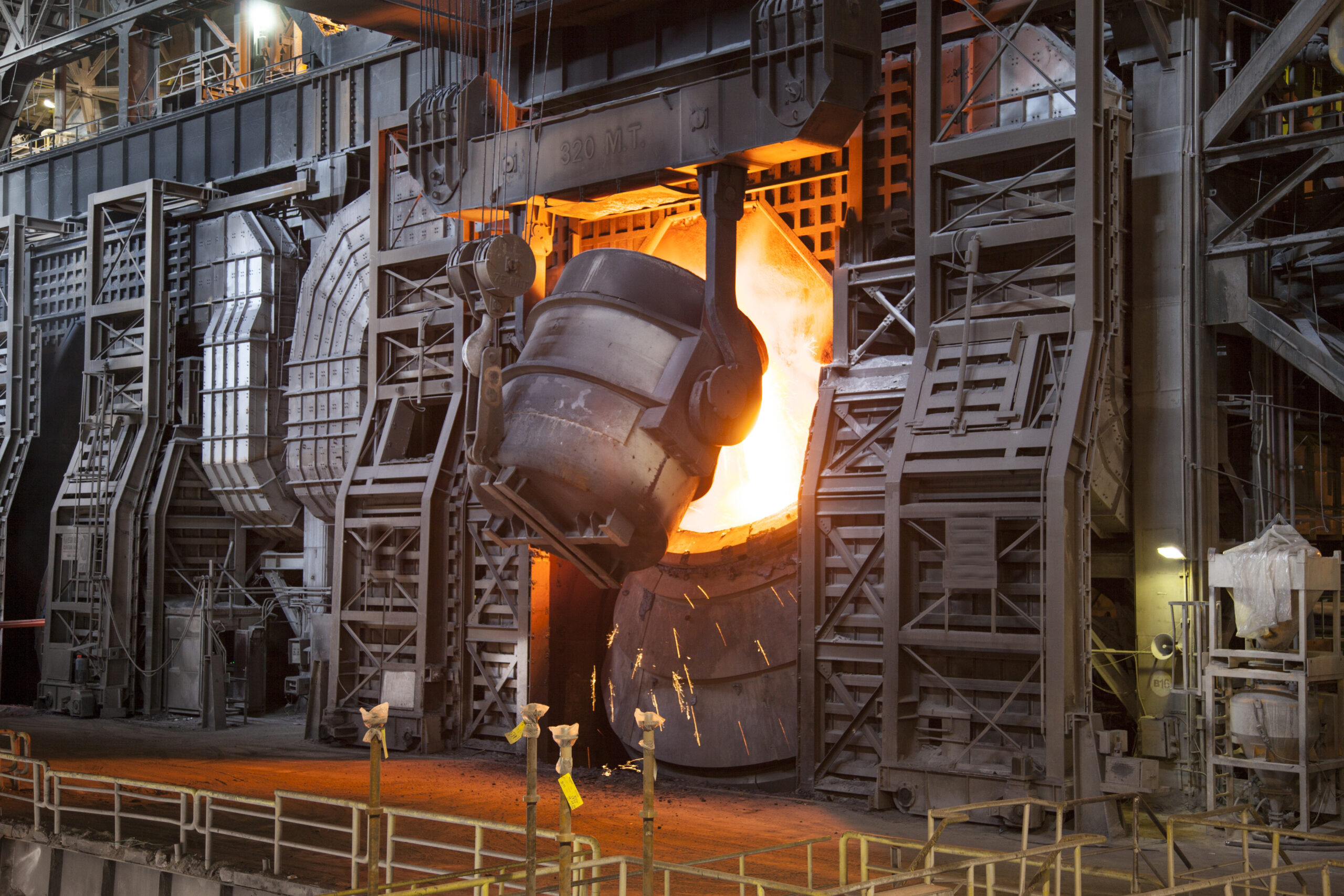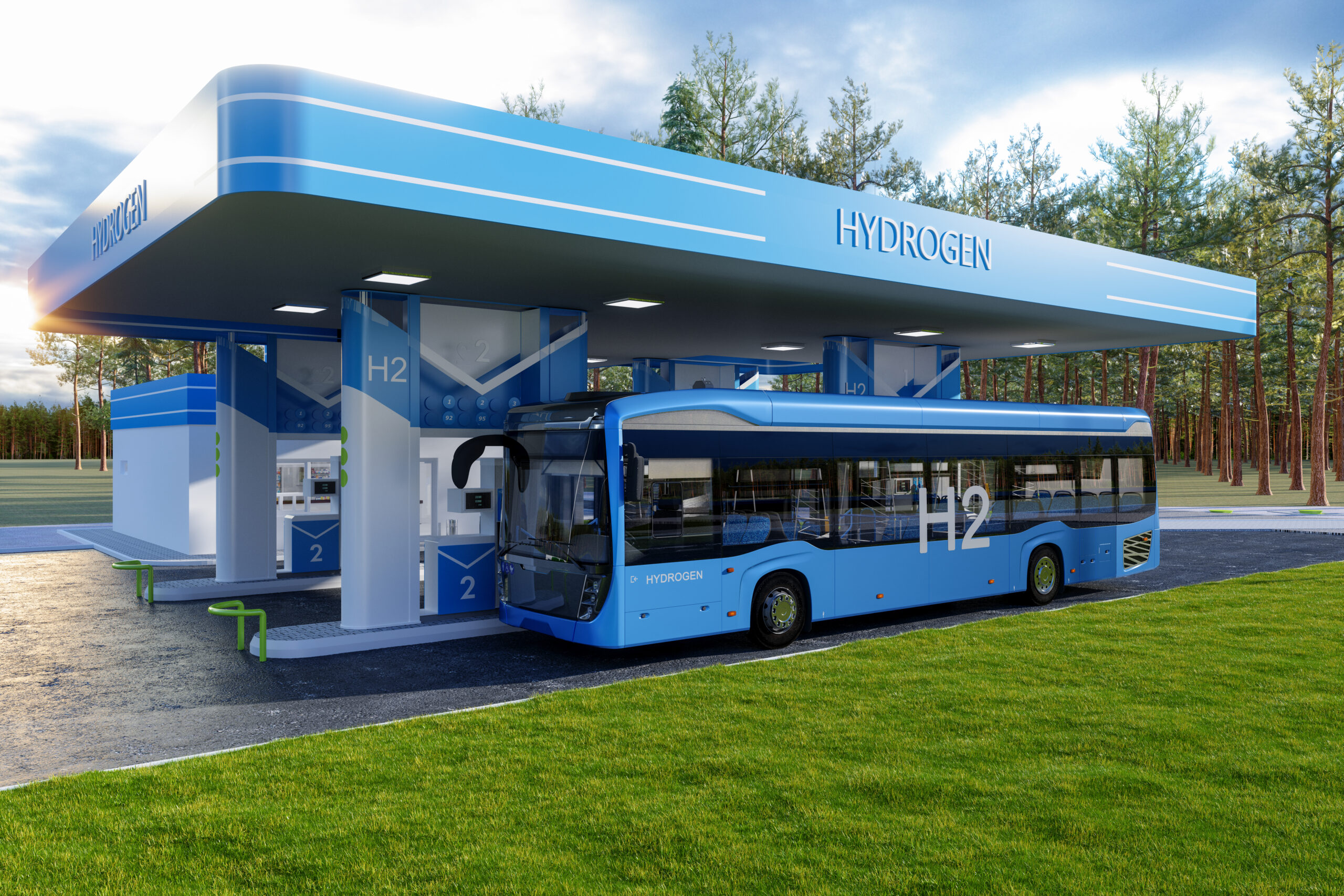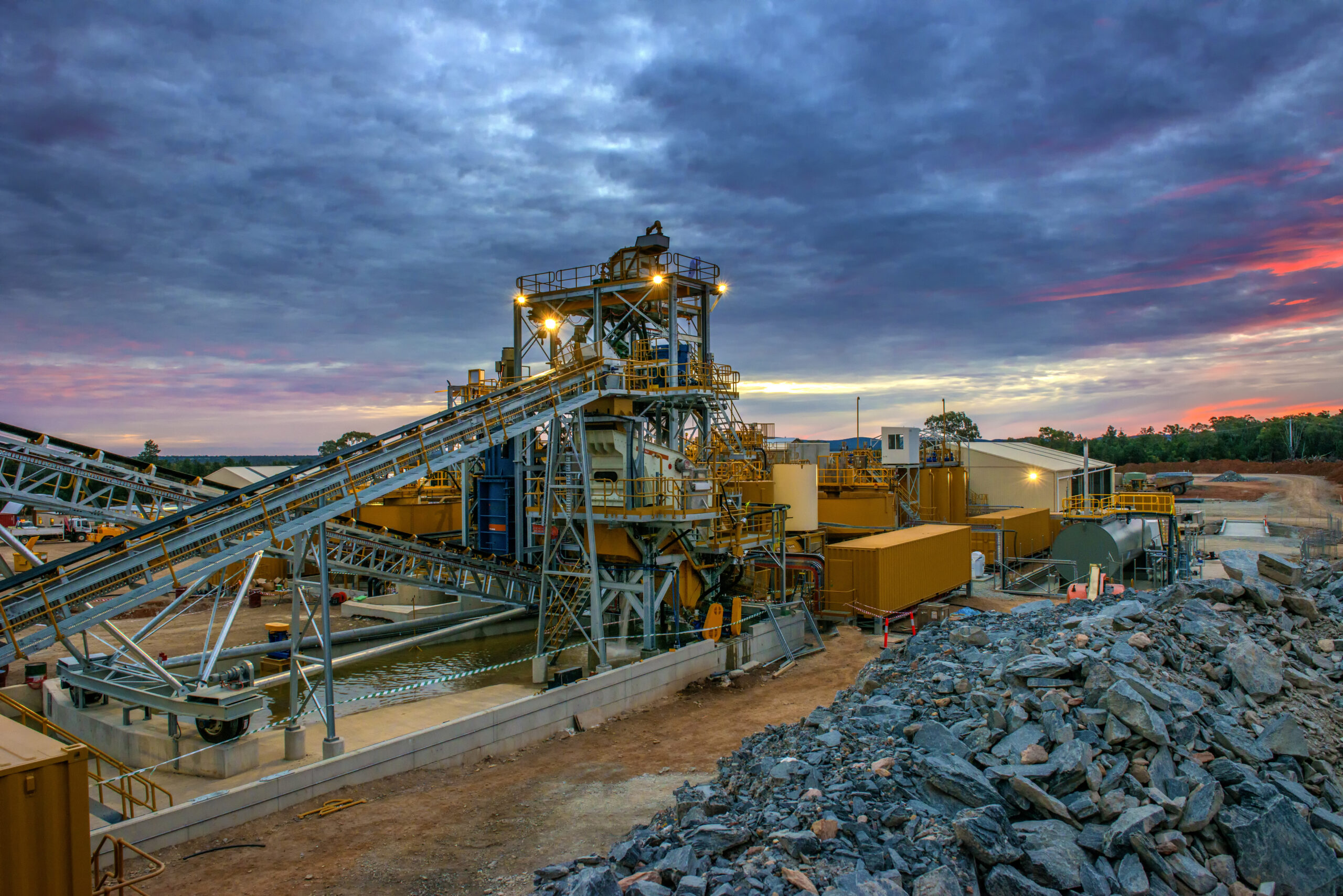

Green Hydrogen Market
The Green Hydrogen market isn’t just on a growth trajectory; it’s experiencing exponential expansion.
In the current hydrogen production landscape, steam methane reforming reigns supreme, accounting for over 95% of global hydrogen production, commonly known as grey hydrogen. Steam reformers employ a combination of heat, pressure, and catalysts to extract hydrogen gas from fossil fuels like natural gas, resulting in approximately ten kilograms of carbon dioxide (CO2) emissions per kilogram of hydrogen produced. According to the International Energy Agency, the current production of grey hydrogen, primarily utilized in the chemical and petrochemical sectors, contributes to over 900,000,000 tonnes of CO2 emissions annually. Consequently, transitioning these industry sectors to low-emission or clean hydrogen has become an urgent priority.
Green Hydrogen emerges as the singular hydrogen variant fully aligned with net-zero emission targets and conducive to sustainable, climate-safe clean energy utilization. Produced through advanced AEM Electrolysers by Cipher Neutron, Green Hydrogen holds immense potential to become a pivotal clean energy carrier. The global Green Hydrogen market size, as evaluated by Grand View Research, was valued at USD 3.2 Billion in 2021 and is forecasted to witness a remarkable compound annual growth rate (CAGR) of 39.5% from 2022 to 2030. This highlights the accelerating momentum and significant potential of Green Hydrogen as a transformative force in the renewable energy landscape.
Applications

Utilizing green hydrogen, or low-carbon clean hydrogen, stands out as the most efficient and environmentally friendly method for ammonia production. Approximately 200 kilograms of green hydrogen are required to produce one tonne of ammonia. This process is predominantly employed in the fertilizer industry, given that ammonia serves as the primary component in the formulation of most fertilizers.
The adoption of green hydrogen in ammonia production offers significant benefits for both the agricultural sector and the environment. By replacing traditional grey hydrogen-based fertilizers with green hydrogen alternatives, the agricultural industry can effectively mitigate greenhouse gas emissions associated with fertilizer production processes.
The significance of hydrogen usage in the fertilizer industry cannot be overstated, with estimates indicating a market value of approximately $80 billion USD per year. As global populations continue to grow and agricultural productivity becomes increasingly crucial, the demand for ammonia-based fertilizers is expected to soar, further underscoring the importance of sustainable production methods.The transition to green hydrogen in ammonia production not only addresses environmental concerns but also fosters economic opportunities. By embracing cleaner and more sustainable production practices, stakeholders in the fertilizer industry can enhance competitiveness and meet evolving consumer preferences for environmentally conscious products. Additionally, the shift towards green hydrogen presents opportunities for innovation and technological advancements, driving progress towards a greener and more resilient agricultural sector.

Green hydrogen plays a pivotal role in various sectors, including the oil and gas industry and industrial applications such as steel manufacturing. In the oil and gas sector, green hydrogen is utilized in the processing of crude oil, offering a cleaner alternative to traditional fossil fuels. Similarly, in industries like steel manufacturing, green hydrogen presents an opportunity to address the significant carbon dioxide emissions associated with production processes.
The steel and iron ore industry, in particular, accounts for approximately 7% of global carbon dioxide emissions. To mitigate these emissions and transition towards a more sustainable future, integrating green hydrogen technologies is imperative. By replacing conventional fossil fuel resources with clean hydrogen energy, industries can substantially reduce their carbon footprint and contribute to climate change mitigation efforts.
In this context, the introduction of green hydrogen technologies in the steel industry holds immense importance. It represents a crucial step towards curbing greenhouse gas emissions and fostering the development of low-carbon emission steel, often referred to as Green Steel. By leveraging green hydrogen as a clean energy source, steel manufacturers can significantly reduce their environmental impact while maintaining operational efficiency. Cipher Neutron’s AEM electrolysers emerge as a promising solution for the steel industry’s transition to green hydrogen.

The automotive sector is increasingly exploring the potential of green hydrogen as a sustainable alternative fuel source for both hydrogen Internal Combustion (IC) engines and fuel cells. Hydrogen IC engines offer enhanced efficiency compared to traditional gasoline-powered engines, while also emitting fewer harmful emissions. Meanwhile, fuel cells serve as another promising avenue by converting the chemical energy stored in hydrogen into electricity, which can then be utilized to power electric vehicles.
Moreover, green hydrogen’s versatility extends beyond the automotive industry to encompass electricity generation through fuel cells. This application holds considerable benefits for businesses and households alike, empowering them to generate their own electricity autonomously without heavy reliance on the conventional grid infrastructure. By reducing dependence on carbon-intensive fossil fuels, this decentralized approach fosters sustainability and resilience within the energy ecosystem. Furthermore, green hydrogen can synergize with renewable energy sources such as wind and solar power to amplify electricity generation capacities while minimizing environmental impacts.
In addition to its role in automotive and electricity sectors, green hydrogen is making inroads into aviation, offering a promising alternative to traditional jet fuel. By leveraging green hydrogen, the aviation industry has the potential to slash greenhouse gas emissions associated with air travel by up to 80%. Furthermore, the utilization of green hydrogen extends to powering unmanned aerial vehicles (UAVs), unlocking a myriad of applications spanning surveillance, search and rescue missions, agricultural monitoring, and beyond.

Green hydrogen finds utility in the mining sector, particularly in powering essential operations such as smelters, thereby contributing to emissions reduction efforts. Traditionally, the mining industry has heavily relied on fossil fuels like natural gas and coal to fuel furnaces, boilers, smelters, and various other equipment crucial to its operations. However, this reliance has resulted in the generation of millions of tons of carbon emissions annually, exacerbating global warming and environmental degradation.
The adoption of green hydrogen presents a viable alternative to conventional fossil fuels in the mining sector. By harnessing low-carbon clean hydrogen derived from water, mining operations can significantly mitigate their carbon footprint and environmental impact. Green hydrogen serves as a sustainable substitute for natural gas and coal, offering a pathway to decarbonize mining processes and reduce harmful emissions.
By transitioning to green hydrogen, mining companies can achieve substantial emissions reductions, thereby contributing to global efforts to combat climate change and promote environmental sustainability.
Furthermore, the integration of green hydrogen into mining operations not only facilitates emissions reduction but also enhances operational efficiency and resilience. By diversifying energy sources and embracing renewable alternatives, mining companies can future-proof their operations against fluctuating fossil fuel prices and regulatory uncertainties while simultaneously advancing sustainable development objectives.

Green hydrogen is increasingly finding application in the maritime sector, where it serves as a sustainable alternative fuel source for powering ships, thereby contributing to emission reduction efforts. This transition to green hydrogen holds significant advantages for both businesses and the environment. By incorporating green hydrogen technology, maritime operations can effectively mitigate their greenhouse gas emissions, aligning with global sustainability goals.
Beyond its direct application in maritime transportation, green hydrogen also presents opportunities for powering port operations. Ports, traditionally reliant on diesel fuel for various activities, can now leverage green hydrogen to reduce their carbon footprint and mitigate air pollution. This shift towards cleaner energy sources not only benefits the immediate port vicinity but also contributes to broader environmental conservation efforts. The versatility of green hydrogen extends beyond the maritime sector, with its adoption spreading across diverse industries ranging from agriculture to aviation. This growing utilization underscores the increasing recognition of green hydrogen as a pivotal component of the transition towards a low-carbon economy. As advancements in green hydrogen technology continue to evolve and economies scale up their renewable energy infrastructure, the prevalence of green hydrogen is poised to expand further in the future. Its environmental benefits and potential to significantly reduce emissions position green hydrogen as a key player in driving sustainable development initiatives worldwide.